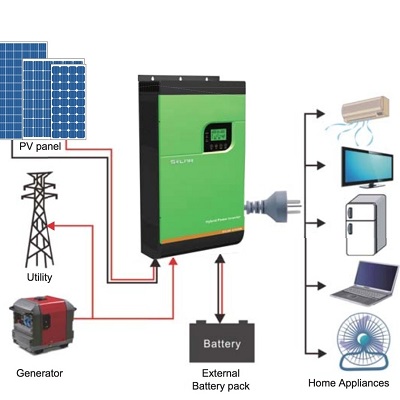- Reduce electricity bill
- Eco friendly
- Long life
- Government support and promotion for the solar
- Save money
- Almost zero maintenance
- Loans available
- Generate, consume and sell the surplus production
- No dependency
- Conservation of energy sources like oil, coal and gas

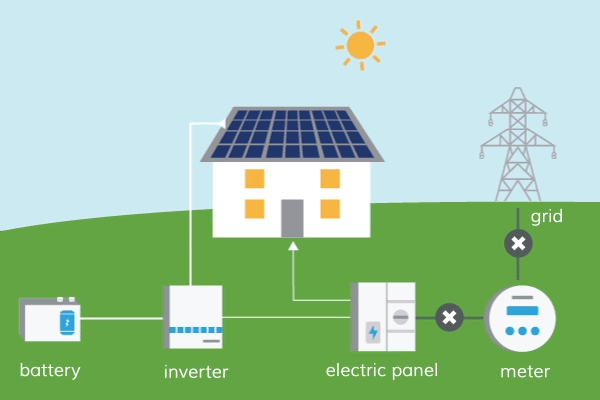
About Solar
Types of Solar Panel
1. Polycrystalline:
Multiple crystals are randomly arrange to convert solar power into electricity. The first solar panels based on polycrystalline silicon, which also is known as polysilicon (p-Si) and multi-crystalline silicon (mc-Si), were introduced to the market in 1981. Unlike monocrystalline-based solar panels, polycrystalline solar panels do not require the Czochralski process. Raw silicon is melted and poured into a square mold, which is cooled and cut into perfectly square wafers.
Polycrystalline solar panels tend to have slightly lower heat tolerance than monocrystalline solar panels. This technically means that they perform slightly worse than monocrystalline solar panels in high temperatures. Heat can affect the performance of solar panels and shorten their lifespans. However, this effect is minor, and most homeowners do not need to take it into account.
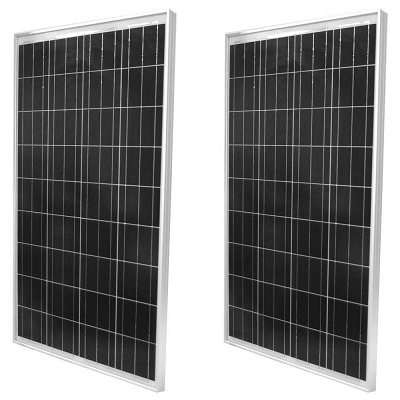
2. Mono Crystalline:
Mono crystals are randomly arrange to convert solar power into electricity.Solar cells made of Monocrystalline silicon (mono-Si), also called single-crystalline silicon (single-crystal-Si), are quite easily recognizable by an external even coloring and uniform look, indicating high-purity silicon.Monocrystalline solar cells are made out of silicon ingots, which are cylindrical in shape.
To optimize performance and lower costs of a single monocrystalline solar cell, four sides are cut out of the cylindrical ingots to make silicon wafers, which is what gives monocrystalline solar panels their characteristic look.A good way to separate mono- and polycrystalline solar panels is that polycrystalline solar cells look perfectly rectangular with no rounded edges.
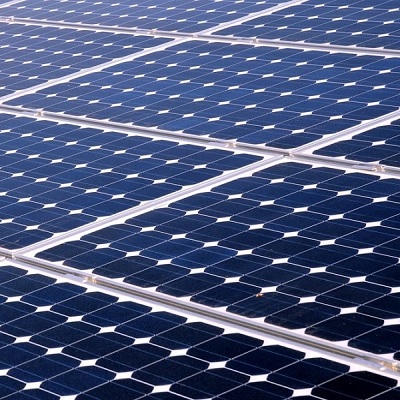
Solar Plant Setups
1. On Grid System:
One of them is the on-grid system in which the rooftop solar system is integrated with the main grid supply. This system allows power to be used from the grid supply only when the rooftop solar system is unable to supply the required power. Thus, a well-planned rooftop system can efficiently supply power without using grid supply saving expenses otherwise incurred on using power from the grid. In fact, this system can earn revenues as any excess power generated can be fed to the grid for which DISCOMs pay compensation using ‘net metering’.
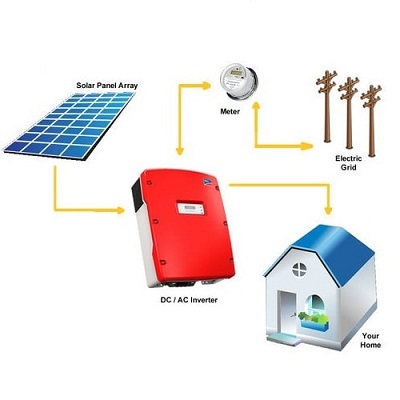
2. Off Grid System:
The second one is the off-grid system in which the rooftop solar system is not linked to the main grid. This system can run on its own with its own battery. The solar power generated from the rooftop solar system charges the battery which is then used to power various applications. This system is very useful when there is no grid supply or when the supply is very erratic with frequent breakdowns.
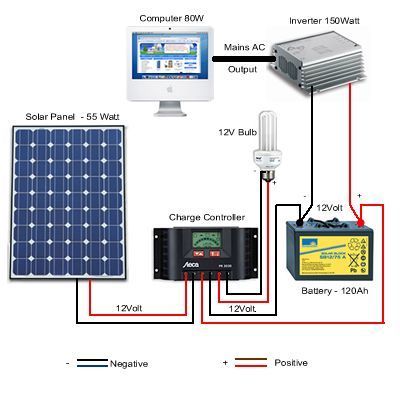
3. Hybrid System:
The third one is the hybrid system in which both on-grid and off-grid systems work in tandem. In this type of system, though a battery is used, the advantage here is that after the battery is fully charged the excess power generated is fed to the grid which generates additional revenues for the consumer.
